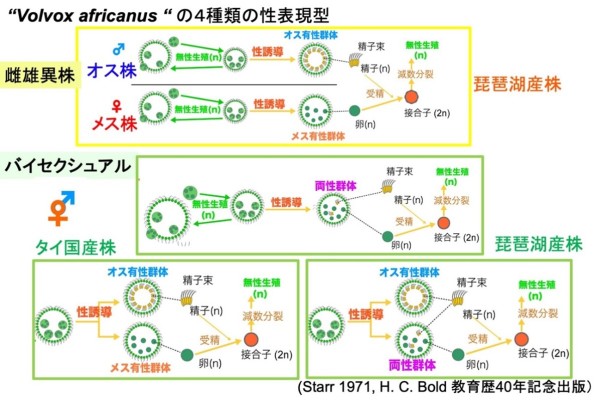2023-06-20 ペンシルベニア州立大学(PennState)
◆このテストは、血液中のHIVウイルス量を直接測定し、治療中の患者の反応や進行状況をモニタリングするための臨床診断ツールの第一歩です。従来のHIVウイルス量テストは時間がかかり、治療を受ける患者に繰り返し行われますが、新しいデジタルアッセイはより迅速で費用も抑えられ、少量の血液で済みます。
◆このテストでは、CRISPR-Cas13を使用してHIVの存在を検出し、信号を生成します。この新しい方法は、従来のRT-PCR法と同等の精度でHIVウイルス量を測定することができ、より少量の血液が必要です。研究チームはさらなる改良を進め、複数のウイルスを定量化するための効率と精度を向上させ、将来的に市場に製品を提供することを目指しています。
<関連情報>
- https://www.psu.edu/news/engineering/story/penn-state-researchers-develop-digital-test-directly-measure-hiv-viral-load/
- https://pubs.acs.org/doi/full/10.1021/acsnano.3c01917
STAMPベースのデジタルCRISPR-Cas13aによるHIV-1血漿ウイルス量の増幅なし定量化 STAMP-Based Digital CRISPR-Cas13a for Amplification-Free Quantification of HIV-1 Plasma Viral Loads
Reza Nouri, Yuqian Jiang, Anthony J. Politza, Tianyi Liu, Wallace H. Greene, Yusheng Zhu, Jonathan J. Nunez, Xiaojun Lian, and Weihua Guan
ACS Nano Published:May 30, 2023
DOI:https://doi.org/10.1021/acsnano.3c01917

Abstract
Quantification of HIV RNA in plasma is critical for identifying the disease progression and monitoring the effectiveness of antiretroviral therapy. While RT-qPCR has been the gold standard for HIV viral load quantification, digital assays could provide an alternative calibration-free absolute quantification method. Here, we reported a Self-digitization Through Automated Membrane-based Partitioning (STAMP) method to digitalize the CRISPR-Cas13 assay (dCRISPR) for amplification-free and absolute quantification of HIV-1 viral RNAs. The HIV-1 Cas13 assay was designed, validated, and optimized. We evaluated the analytical performances with synthetic RNAs. With a membrane that partitions ∼100 nL of reaction mixture (effectively containing 10 nL of input RNA sample), we showed that RNA samples spanning 4 orders of dynamic range between 1 fM (∼6 RNAs) to 10 pM (∼60k RNAs) could be quantified as fast as 30 min. We also examined the end-to-end performance from RNA extraction to STAMP-dCRISPR quantification using 140 μL of both spiked and clinical plasma samples. We demonstrated that the device has a detection limit of approximately 2000 copies/mL and can resolve a viral load change of 3571 copies/mL (equivalent to 3 RNAs in a single membrane) with 90% confidence. Finally, we evaluated the device using 140 μL of 20 patient plasma samples (10 positives and 10 negatives) and benchmarked the performance with RT-PCR. The STAMP-dCRISPR results agree very well with RT-PCR for all negative and high positive samples with Ct < 32. However, the STAMP-dCRISPR is limited in detecting low positive samples with Ct > 32 due to the subsampling errors. Our results demonstrated a digital Cas13 platform that could offer an accessible amplification-free quantification of viral RNAs. By further addressing the subsampling issue with approaches such as preconcentration, this platform could be further exploited for quantitatively determining viral load for an array of infectious diseases.

